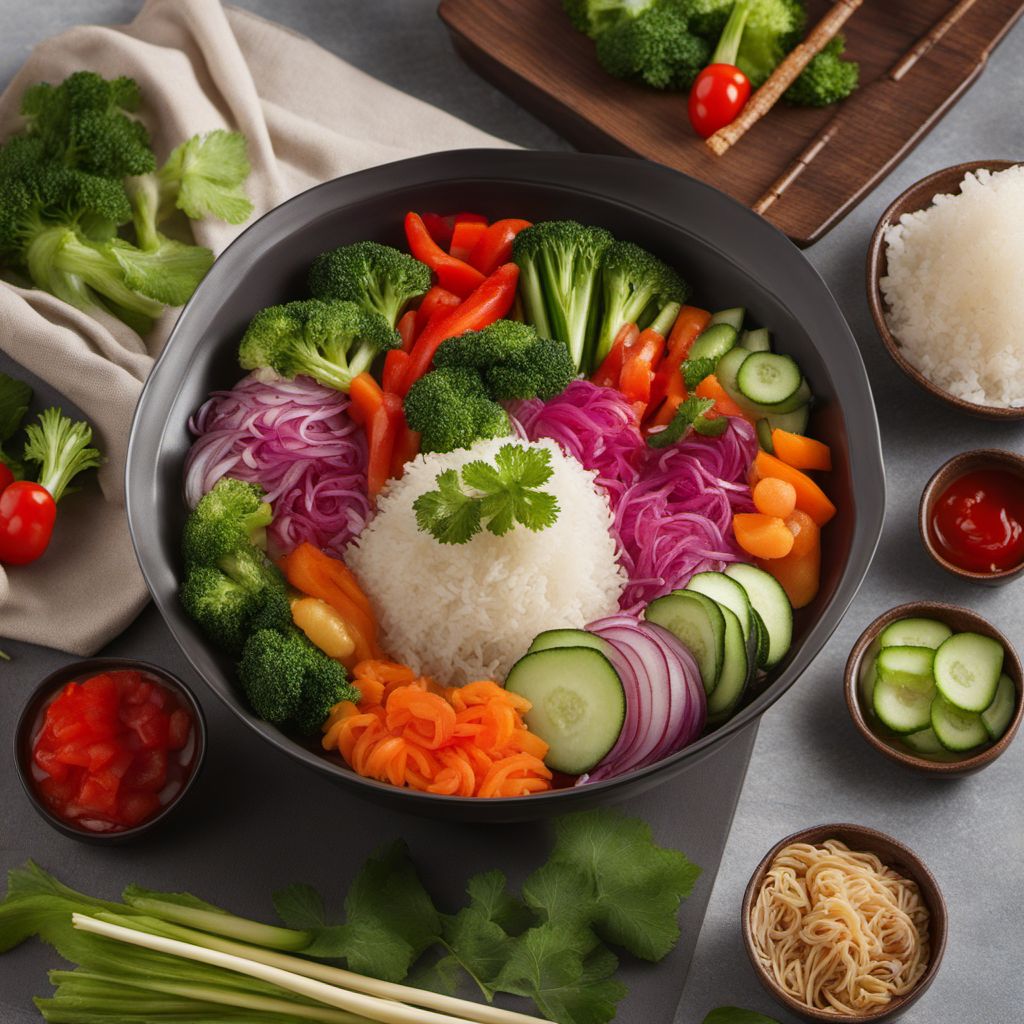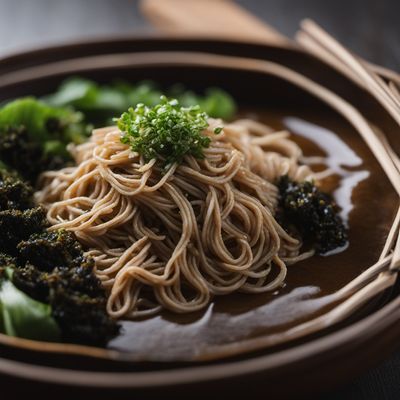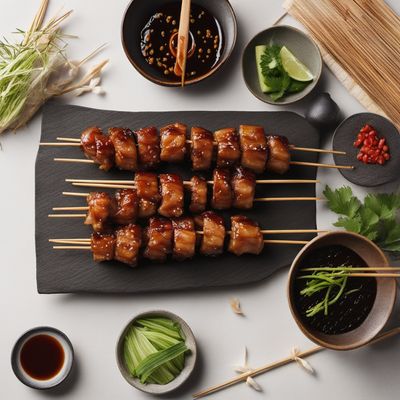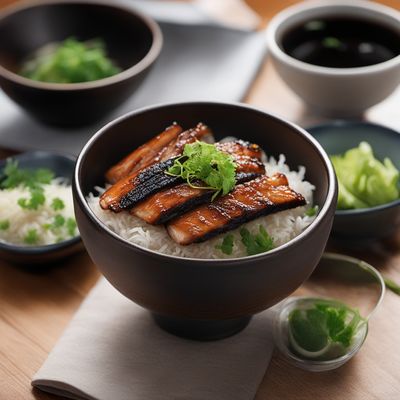
Recipe
Homemade Pickled Vegetables
Umami Delights: Homemade Tsukemono Pickles
4.7 out of 5
Indulge in the vibrant flavors of Japanese cuisine with this homemade Tsukemono recipe. These pickled vegetables are a staple in Japanese meals, providing a refreshing and tangy contrast to the main dishes.
Metadata
Preparation time
15 minutes
Cooking time
5 minutes
Total time
24 hours and 20 minutes
Yields
4 servings
Preparation difficulty
Easy
Suitable for
Vegan, Vegetarian, Gluten-free, Dairy-free, Low calorie
Allergens
Soy
Not suitable for
Paleo, Keto, Nut-free, Soy-free, High sodium
Ingredients
-
2 cups (470ml) water 2 cups (470ml) water
-
1 cup (240ml) rice vinegar 1 cup (240ml) rice vinegar
-
1/4 cup (60ml) soy sauce 1/4 cup (60ml) soy sauce
-
2 tablespoons sugar 2 tablespoons sugar
-
1 tablespoon salt 1 tablespoon salt
-
Assorted vegetables (such as cucumbers, carrots, radishes, cabbage, or daikon) Assorted vegetables (such as cucumbers, carrots, radishes, cabbage, or daikon)
Nutrition
- Calories (kcal / KJ): 45 kcal / 188 KJ
- Fat (total, saturated): 0g, 0g
- Carbohydrates (total, sugars): 10g, 8g
- Protein: 1g
- Fiber: 2g
- Salt: 1.5g
Preparation
-
1.In a saucepan, combine water, rice vinegar, soy sauce, sugar, and salt. Bring the mixture to a boil, stirring until the sugar and salt dissolve. Remove from heat and let it cool.
-
2.Wash and prepare the vegetables by slicing them into thin, uniform pieces or desired shapes.
-
3.Place the vegetables in a clean glass jar or airtight container.
-
4.Pour the cooled pickling liquid over the vegetables, ensuring they are fully submerged.
-
5.Seal the jar or container and refrigerate for at least 24 hours to allow the flavors to develop.
-
6.After 24 hours, your homemade Tsukemono pickles are ready to be enjoyed. They can be stored in the refrigerator for up to two weeks.
Treat your ingredients with care...
- Cucumbers — Remove the seeds before slicing to prevent excess moisture in the pickles.
- Carrots — Julienne the carrots for a visually appealing texture.
- Radishes — Slice the radishes thinly to allow the pickling liquid to penetrate evenly.
- Cabbage — Separate the leaves and cut them into bite-sized pieces for a crisp texture.
- Daikon — Peel the daikon and slice it into thin rounds or matchsticks for a traditional touch.
Tips & Tricks
- Experiment with different vegetables and combinations to create your own unique Tsukemono flavors.
- Adjust the sweetness and saltiness of the pickling liquid according to your taste preferences.
- For a quicker pickling process, thinly slice the vegetables and let them marinate for a few hours before enjoying.
- Use high-quality rice vinegar and soy sauce for the best flavor.
- Serve Tsukemono chilled for a refreshing experience.
Serving advice
Serve the homemade Tsukemono pickles as a side dish alongside traditional Japanese meals, such as sushi, ramen, or teriyaki. They also make a delightful addition to bento boxes or as a topping for rice bowls.
Presentation advice
Arrange the colorful pickled vegetables in an aesthetically pleasing manner, showcasing the variety of shapes and colors. Consider using traditional Japanese ceramic dishes or small individual serving bowls to enhance the visual appeal.
More recipes...
For Japanese cuisine » Browse all
More Japanese cuisine dishes » Browse all

Unadon
Eel bowl
Unadon is a Japanese dish made with grilled eel and rice.

Yōkan
Yōkan is a traditional Japanese sweet that is made with sweet azuki bean paste and agar jelly. It is a soft and chewy sweet that is often served with tea.

Saba misoni
Mackerel Simmered in Miso Sauce
Saba misoni is a traditional Japanese dish that is perfect for seafood lovers. It is a simple yet flavorful dish that is sure to impress your guests.



